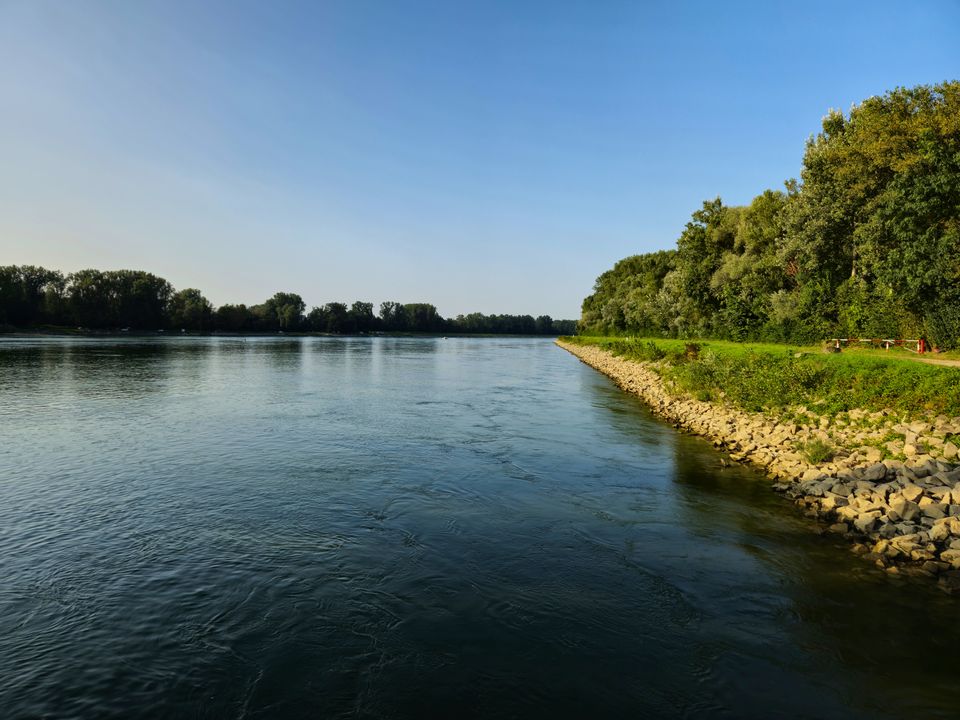The effects of floodplain forest succession on flood risk and river management
- Ansprechperson:
- Projektbeteiligte:
Federal Waterways Engineering and Research Institute (BAW) and University of Naples Federico II (UNINA)
Did you know that floodplain vegetation (the region close to the riverbank) affects flood risk both upstream and downstream? During flood conditions, natural rivers often function as compound channels, comprising a main channel and a floodplain. Floodplain forest characteristics—such as spatial distribution and forest composition (of young and adult trees)—alter flow resistance, directly affecting hydrodynamics and flood risk. These characteristics have consequences for water storage, flood‑wave propagation and peak levels, and ecological habitat. Most studies to date have treated floodplain vegetation as uniform, idealized roughness elements, overlooking its temporal changes through natural succession and the spatial heterogeneity found in the field.
In this project, we explore how successive stages of floodplain forest vegetation—from pioneer‑species dominance, through mixed stands, to adult‑forest dominance—alter flood dynamics and risk. By validating a 2D hydrodynamic model against controlled laboratory experiments, we investigate how different vegetation stages change water levels and flow patterns under unsteady (flood‑like) conditions.
Our findings will guide new river‑management strategies—such as targeted planting or shortening of the floodplain forest—to reduce flood heights and safeguard human communities. Integrating vegetation succession into flood models to help balancing human safety with riverine ecosystem health.

